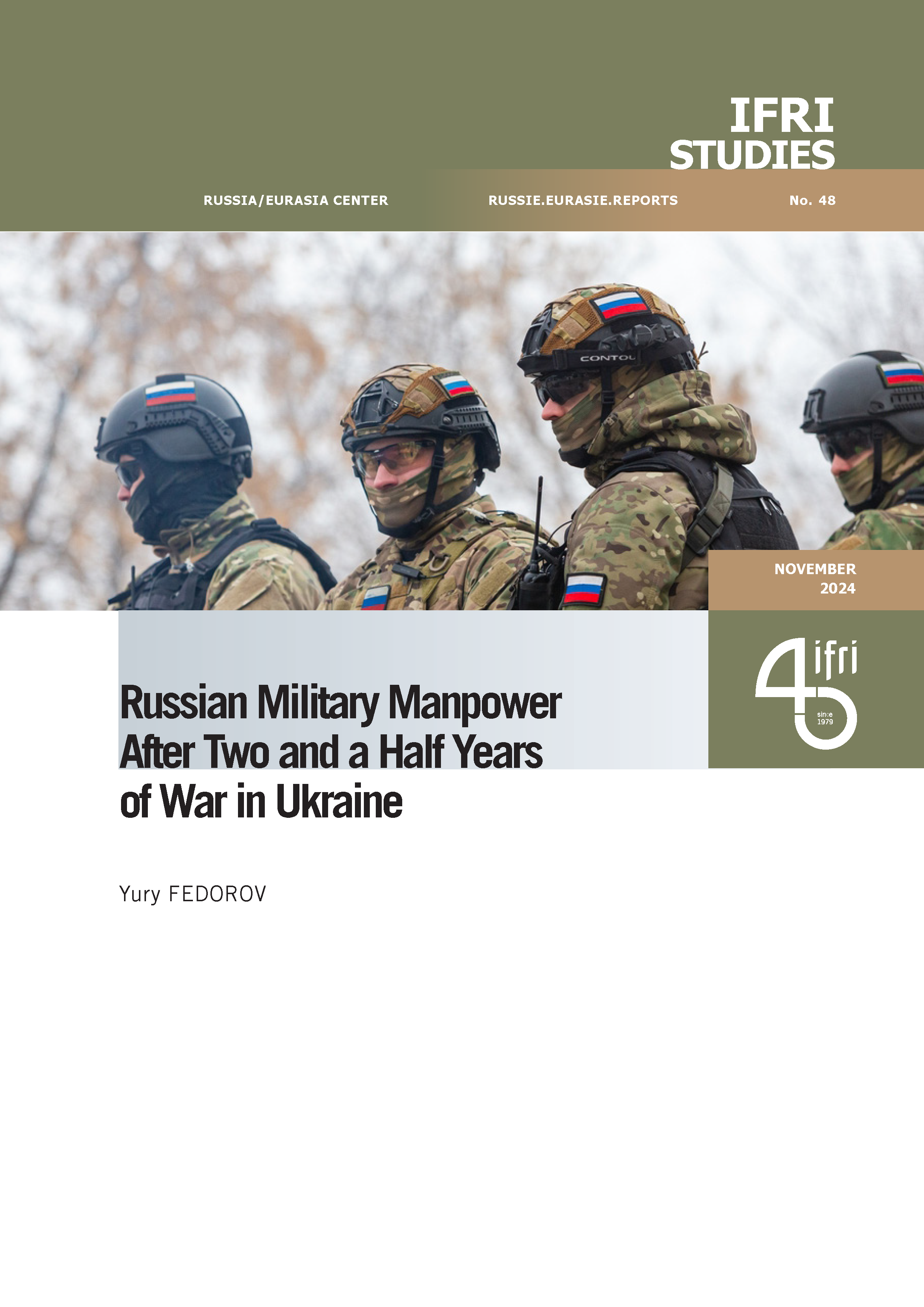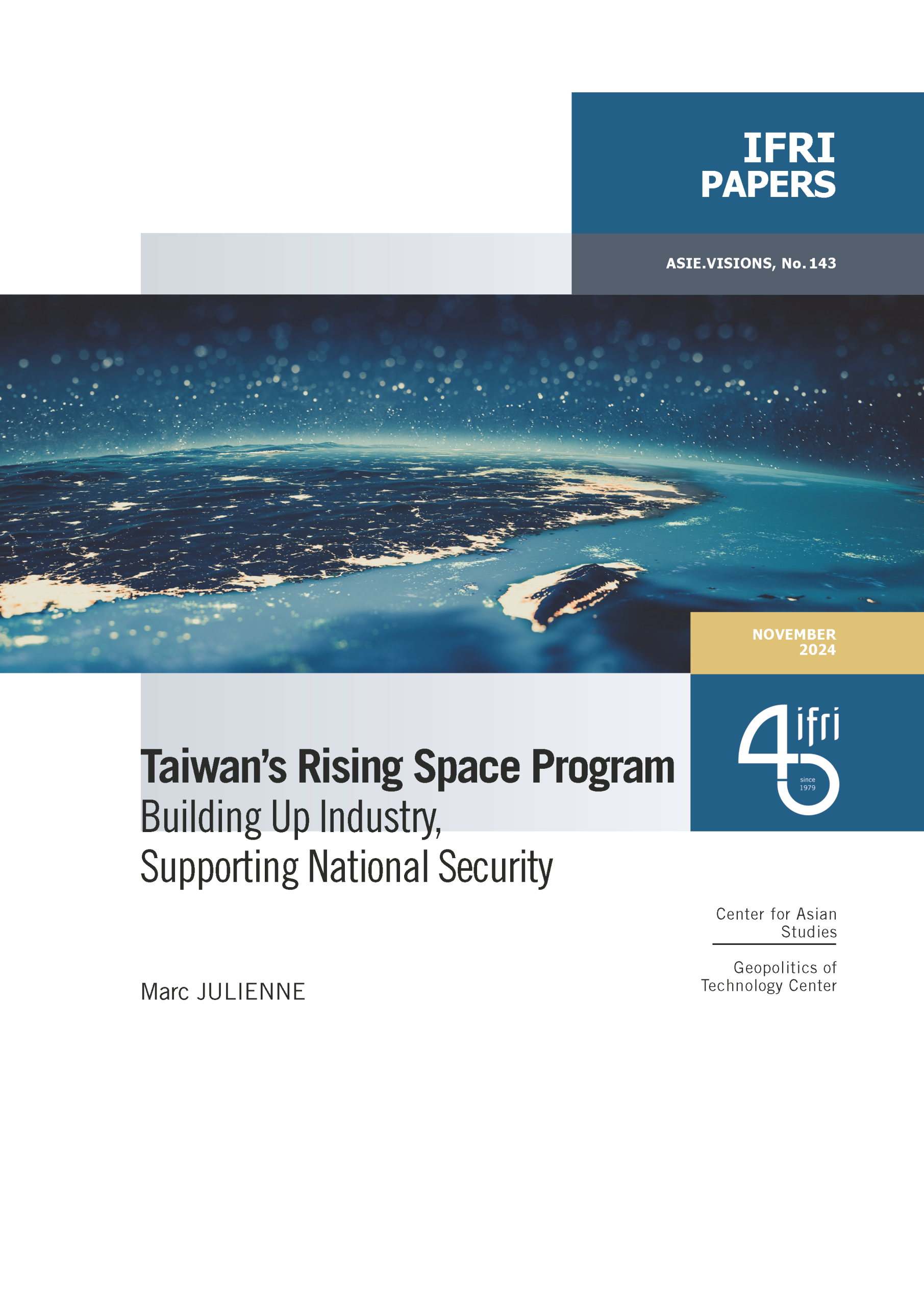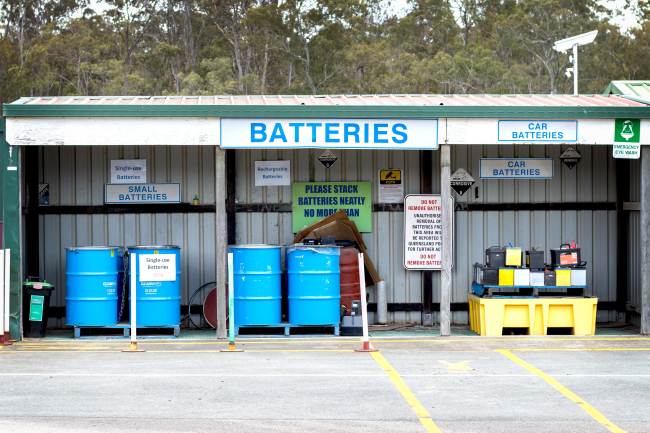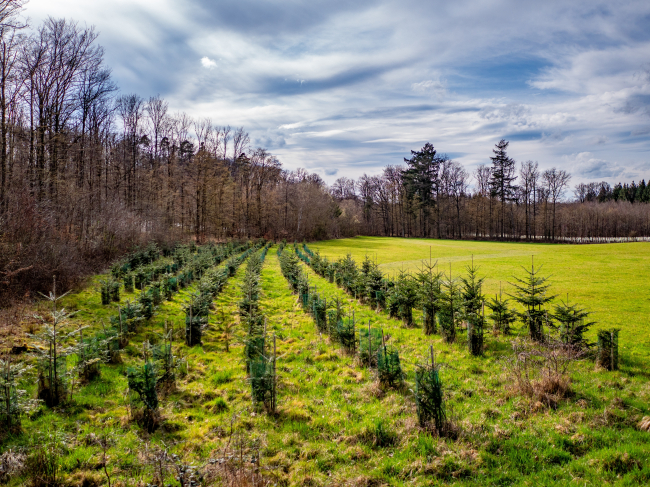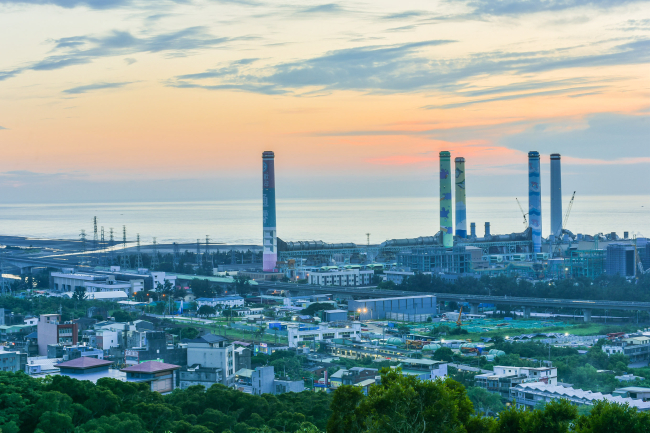German Nuclear: Green Is Good Politics

In polarized politics, the voter must take on faith the wisdom inherent in the principled political position. Who cannot be impressed by the nuclear catastrophe at Fukushima, especially after living through the fallout from Chernobyl? But is it reasonable to send the voter to the booth with only half the information? Does the German voter have any idea what it means to shut down its nuclear power in just ten years? Have German politicians made any effort to tell them?
Nuclear plants supply 25% of German electricity with virtually no carbon footprint and with a minimum exposure to foreign suppliers of nuclear fuel cycle services unlike the German vulnerability to disruptions in oil and more recently gas supplies.
German electricity consumption in a year is about 650 terawatt hours. About 160 terawatt hours were supplied by nuclear power before the 7 nuclear facilities were shut down, which with Krummel already in shutdown, removes 65 terawatt hours or about 10% of Germany’s electricity. Remember, nuclear power is only 20% of Germany’s installed capacity, but it generates 25% of their electricity.
Shutting down economically viable nuclear power plants deprives Germans of the 125 reactor years left under the 2010 agreement on license extensions and forces operators to find replacement sources of power. Writing off economically viable capacity will weaken German operators. But what are their options for the missing terawatt hours?
Wind: Germany has a robust wind energy program. German taxpayers and rate payers subsidize wind power to the tune of some €5 billion/ year. Investors in wind are guaranteed a rate of 8.2 Euro cents per kilowatt hour for 20 years on shore or 9.1 Euro cents offshore. Germany is reaching the point of destabilizing its electricity grid with too much wind and insufficient grid interconnection. Furthermore, wind is concentrated in the north and the reactor shut down means the 7.5 GWe of nuclear capacity north of Essen has been reduced to 4GWe - aggravating an already a risky imbalance.
Solar: Germany may have as much solar PV capacity installed as it had nuclear before the March 11 shut down. Unfortunately, with an average of 14 days of rainfall per month and sunshine less than 5 hours per day through the year, solar is not very efficient - solar provides just over 1.0% of electricity. Germans pay a feed in tariff of up to 49 Euro cents per kilowatt hour for solar energy. Solar is clearly not an option for Germany in replacing 65 terawatt hours, but their industrial experience has surely put German manufacturers in an enviable competitive position in world markets - as long as the German taxpayer’s investment in solar technology doesn’t get sold to a Chinese company - as has happened in wind. In which case, only the companies" shareholders will benefit from the public’s investment.
Gas: Definitely an option. Gas is already expanding to backstop Germany’s large wind program, but more gas is available from multiple sources and gas prices will become more interesting in Germany. But gas is a fossil fuel, prolonging the path to sustainability and making German CO2 reduction aspirations more difficult.
Coal: Also an option, but not one welcome by citizens. This seems an unlikely option at least until CCS is available to reduce the carbon footprint, but then the cost will weigh heavily.
Neighbors: This may be the easiest option - just like Italy. Germany has at least 6 neighbors who may be willing to sell electricity to Germany and others further afield. A recent German strategic statement suggested Germany will seek renewable sources of electricity from its neighbors - biomass, pumped storage, etc. But until such time as that green capacity is available, Germany will import others" nuclear electrons (perhaps on the assumption that those countries nuclear operators are safer than German operators) and a great deal of coal generated power from Poland or the Czech Republic.
German citizens may well be prepared to bear the consequences of an early exit from nuclear power, but politicians are not playing fair with their electorates in not revealing what those costs are.

Available in:
Regions and themes
Share
Related centers and programs
Discover our other research centers and programsFind out more
Discover all our analysesEurope’s Black Mass Evasion: From Black Box to Strategic Recycling
EV batteries recycling is a building block for boosting the European Union (EU)’s strategic autonomy in the field of critical raw minerals (CRM) value chains. Yet, recent evolutions in the European EV value chain, marked by cancellations or postponements of projects, are raising the alarm on the prospects of the battery recycling industry in Europe.
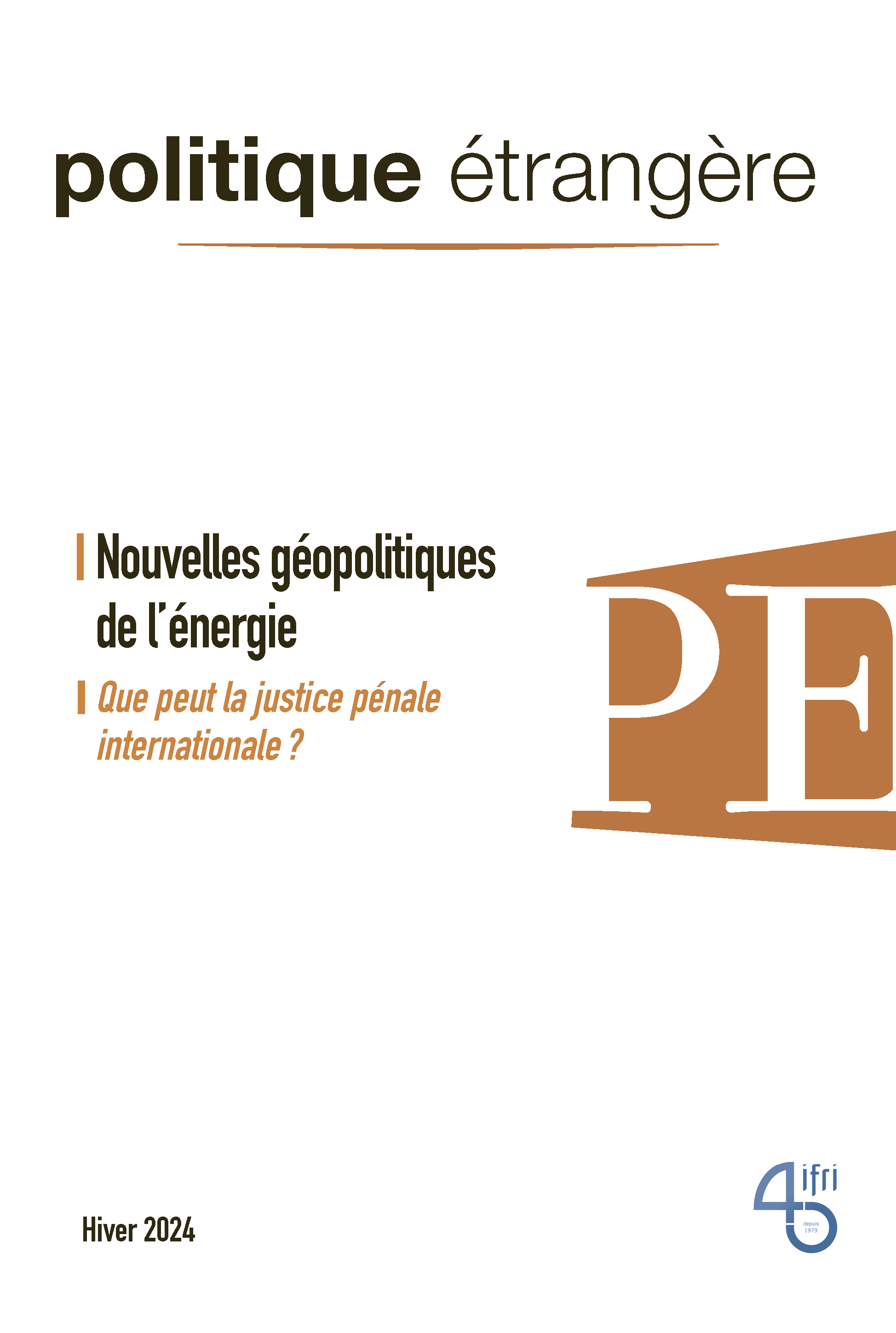
The New Geopolitics of Energy
Following the dramatic floods in Valencia, and as COP29 opens in Baku, climate change is forcing us to closely reexamine the pace—and the stumbling blocks—of the energy transition.
Can carbon markets make a breakthrough at COP29?
Voluntary carbon markets (VCMs) have a strong potential, notably to help bridge the climate finance gap, especially for Africa.
Taiwan's Energy Supply: The Achilles Heel of National Security
Making Taiwan a “dead island” through “a blockade” and “disruption of energy supplies” leading to an “economic collapse.” This is how Colonel Zhang Chi of the People’s Liberation Army and professor at the National Defense University in Beijing described the objective of the Chinese military exercises in May 2024, following the inauguration of Taiwan’s new president, Lai Ching-te. Similar to the exercises that took place after Nancy Pelosi’s visit to Taipei in August 2022, China designated exercise zones facing Taiwan’s main ports, effectively simulating a military embargo on Taiwan. These maneuvers illustrate Beijing’s growing pressure on the island, which it aims to conquer, and push Taiwan to question its resilience capacity.


